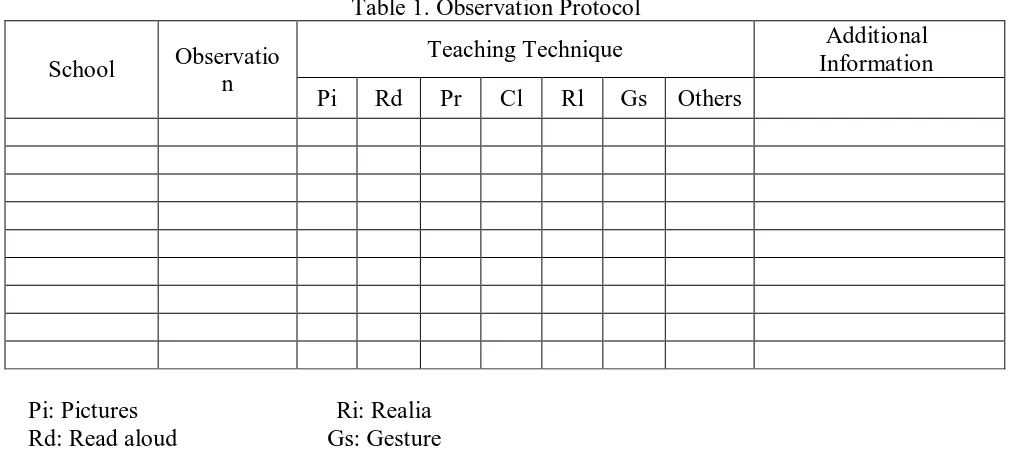J01423
Teks penuh
Gambar

Garis besar
Dokumen terkait
SHARE UNTUK MENINGKATKAN HASIL BELAJAR IPA
Buatlah simpul tali eye splice menggunakan thimble dan menyambung ( cut splice ) pada wire rope dalam satu rangkaian sebuah wire rope. Nyalakan pesawat GPS hingga
Asli / rekaman Dokumen Kualifikasi lainnya yang dipersyaratkan, yang telah diupload dan tercantum dalam formulir isian Kualifikasi yang disampaikan melalui aplikasi SPSE..
Demikian pengumuman ini kami sampaikan, kepada peserta Seleksi Umum diberi kesempatan menyanggah secara tertulis kepada Panitia Pengadaan Barang/Jasa Untuk Kegiatan Non Fisik
[r]
Mahasiswa memiliki pengetahuan serta mampu : (1) mengidentifikasi struktur tubuh manusia yang berperan dalam timbulnya suatu gerakan meliputi tulang, sendi, dan otot, (2)
PENGARUH BUDAYA ORGANISASI D AN PERSEPSI DUKUNGAN ORGANISASI TERHADAP KINERJA PELAYANAN MELALUI ORGANIZATIONAL CITIZENSHIP BEHAVIOR PADA KAR YAWAN.. PT TELKOM
- Direktur perusahaan hadir langsung, apabila diwakilkan membawa surat tugas dan mendapat kewenangan penuh untuk mengambil keputusan. Demikian undangan ini disampaikan,